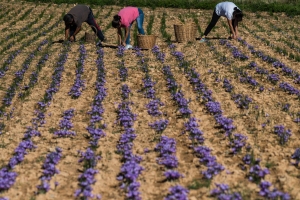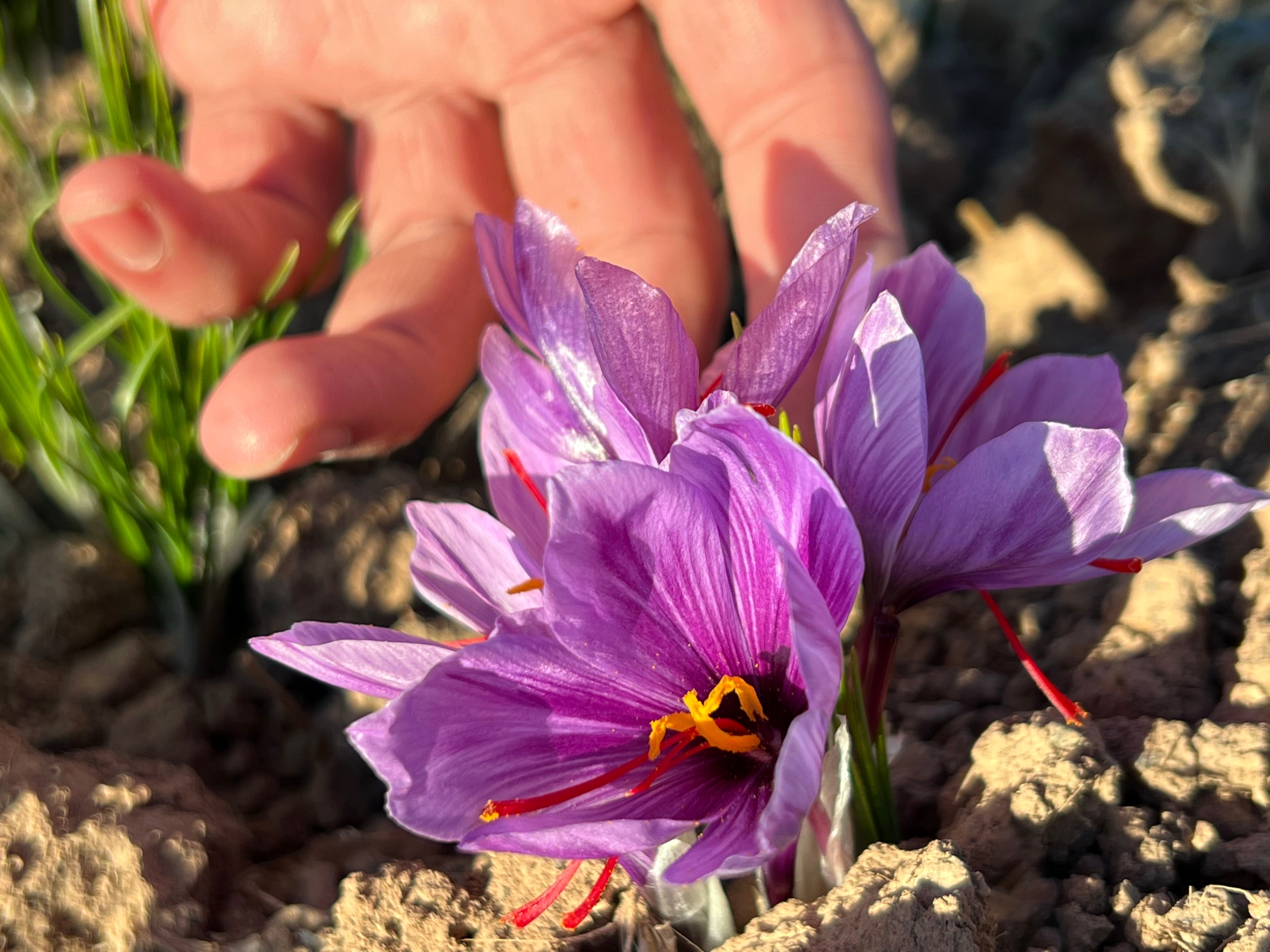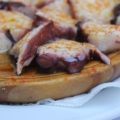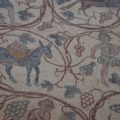In Castile-La Mancha (Spain), a small miracle takes place every autumn, just at the right time to set off on the pilgrimage to the shrine of Guadalupe. You can already feel its importance when, at dawn, the fields on the high plateaus of the province of Toledo turn into an undulating sea of purple flowers.
It is saffron time. Thousands of these flowers, also known as Crocus sativus, unfurl as if in a dance, creating a spectacle that has enchanted generations.
A thousand years of history
The history of saffron in the Iberian Peninsula has its roots in the period of Moorish rule. Introduced in the 8th century, this precious flower found its ideal habitat in the red lands and dry climate of La Mancha. Over time, the Toledo region became one of the most important centers of saffron production in the world.
During the Middle Ages, saffron from this region became so important that it was even used as a trade currency. Historical records attest to a flourishing trade that extended throughout Europe, from the Mediterranean to the courts of the North, where the spice was prized for both its culinary qualities and its supposed medicinal properties.
When cultivation is an art

Toledo saffron is still produced using traditional methods handed down from generation to generation. The cycle begins in the summer, when the bulbs are planted. Flowering takes place between October and November. The most important moment is the harvest, which must take place at dawn, when the flowers are still closed. This preserves the quality of the stigmas.
The preciousness of this spice can be understood when one considers that it takes about 150,000 flowers to produce a single kilogram of dried saffron. Suffice it to say that only three stigmas are extracted from each flower, harvested and processed by hand with the utmost care.
Cultural and gastronomic influence
Saffron from Toledo is a fundamental element of Spanish gastronomic culture. Its distinctive aroma and coloring power are essential in many traditional dishes, from paella valenciana to cocido madrileño. The cuisine of La Mancha, in particular, has developed over the centuries a repertoire of recipes that highlight the unique characteristics of this spice.
The influence of Toledo saffron extends far beyond the borders of Spain. Its international reputation has made it a sought-after ingredient in kitchens around the world, where it is valued not only for its coloring power, but also for the aromatic complexity it brings to dishes.
New challenges for the future
Saffron production in Toledo today faces several challenges. Climate change is altering traditional growing cycles, while competition from lower-quality products is threatening the economic sustainability of traditional production.
However, the sector is responding with innovation and originality. The introduction of field monitoring technologies complements traditional farming methods. The development of slow tourism, eco-sustainable tourism and food and wine tourism is opening up new opportunities to enhance both the product and the territories themselves.
The Protected Designation of Origin (P.D.O.) Azafrán de La Mancha guarantees the maintenance of quality standards and protects this valuable cultural and gastronomic heritage. The D.O. certification guarantees that the saffron is produced according to strict specifications that preserve traditional techniques and the authenticity of the product.
In this way, Toledo saffron continues to represent not only gastronomic excellence, but also a symbol of cultural resilience. In an increasingly standardized world, this precious spice keeps alive a thousand-year-old tradition, coloring not only dishes but also the cultural heritage of an entire region.





